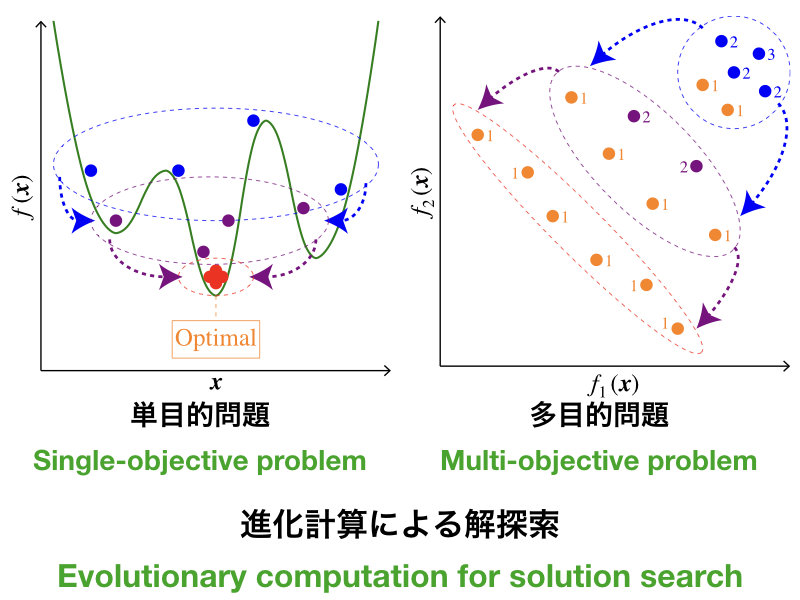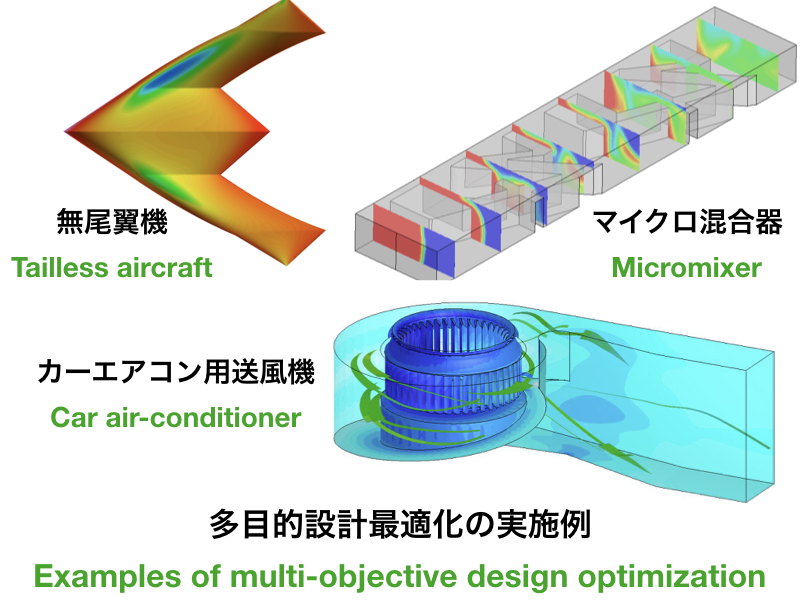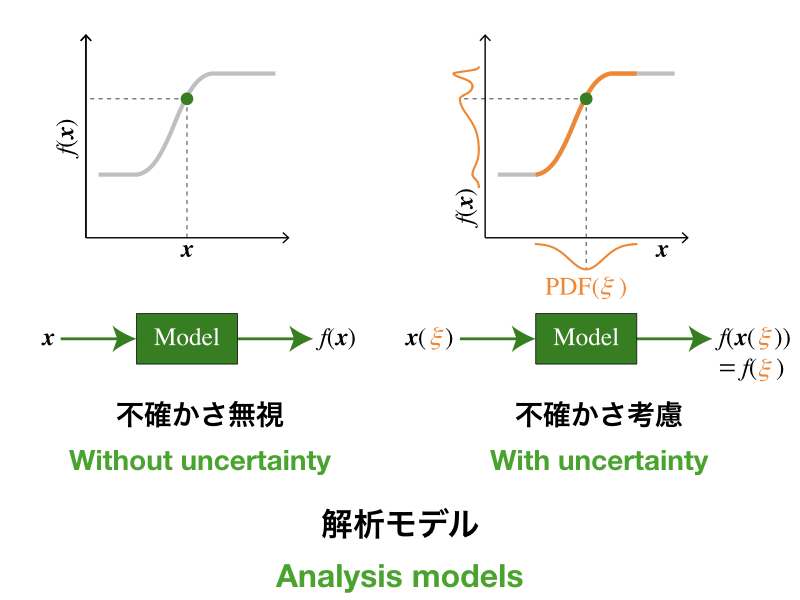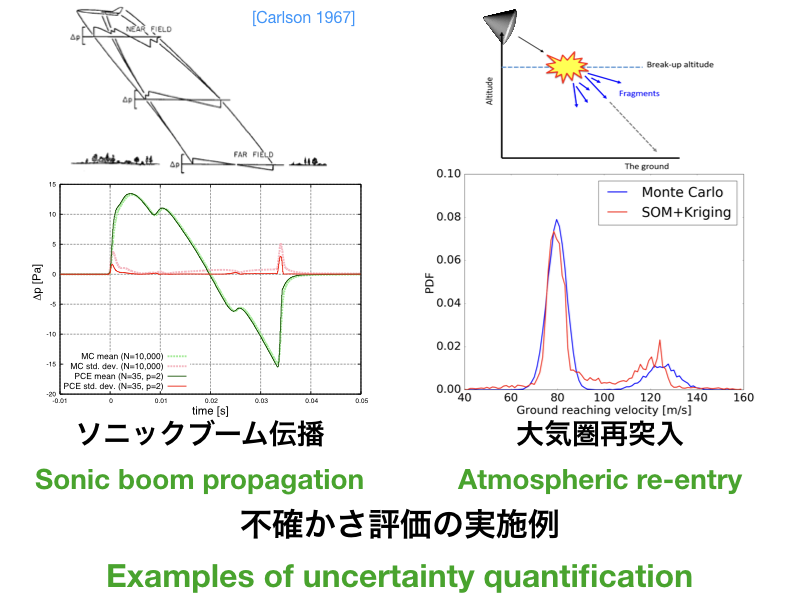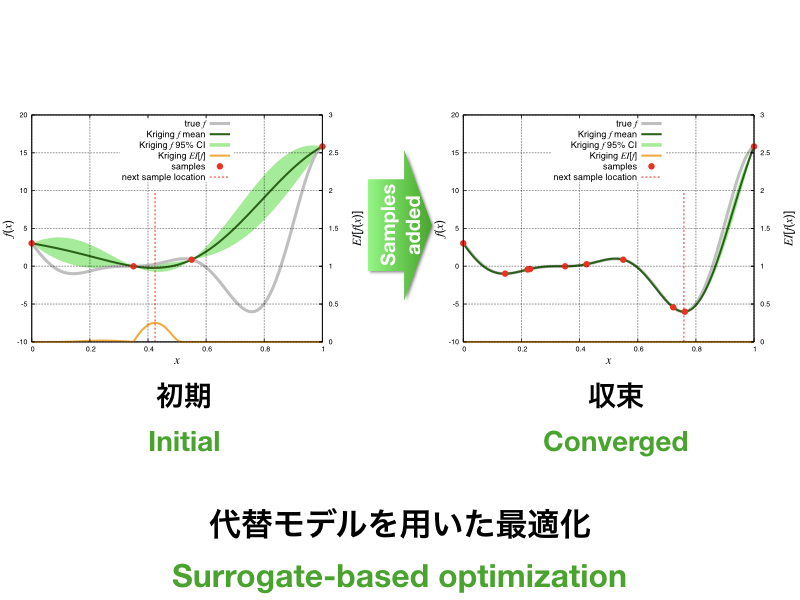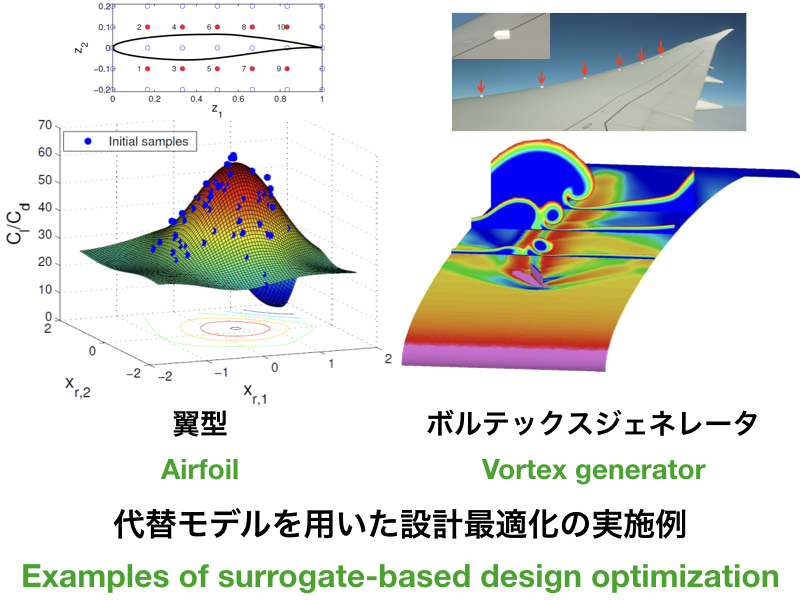Creative Flow Research Division
Fluids Engineering with Data Science Laboratory
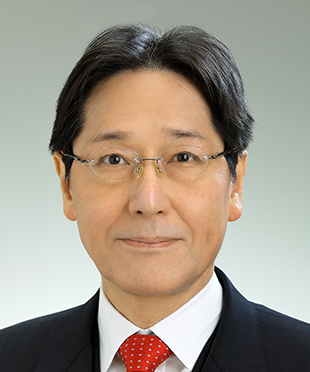
Concurrent ProfessorShigeru Obayashi
-
So far, engineering design and development have been primarily carried out based on human knowledge, experience, and intuition. Today, however, computers play an important role in assisting the design and manufacture of various engineering machinery, independent of a designer’s skill. Therefore, our laboratory studies fluid analysis techniques integrated with mathematical and data-scientific approaches to create optimal, robust, and intelligent fluid machinery and their systems; from small devices such as household appliances to large systems such as automobiles and aircraft.
Multi-Objective Design Optimization of Fluid Machinery
We are developing a multi-objective optimization method, in which “evolutionary computation” is used as the core technology, as an approach to create innovative engineering design, and applying this approach to the design of fluid machinery. This approach is useful for the discovery of new design knowledge, by finding various optimal design candidates and extracting characteristic information from the candidates.
Uncertainty Quantification in Fluid Analysis and Design
Real-world flow phenomena are caused by various “uncertain” physical factors. Numerical analyses used to simulate flow phenomena are often simplified without considering such uncertainties, and these results often disagree with the real-world phenomena. Hence, we quantify the behavior of physical quantities against uncertainty in fluid analysis, for accurate simulation of flow phenomena and reliable design of fluid machinery.
Surrogate Modeling for Efficient Fluid Analysis and Design
In actual engineering design, it is desirable to reduce the turn-around time needed to obtain a design candidate satisfying pre-specified requirements. We, therefore, develop a “surrogate model,” which represents a complex response relating performance to the change in the shape of a design candidate through a mathematical form. This model can estimate the performance for any design candidate with a different shape promptly, and thus it can reduce the time for fluid analysis and design.

